Mike Brooks
Cannon
- Joined
- Jul 19, 2005
- Messages
- 6,686
- Reaction score
- 33
I just finished this and thought you guys might like to see it before it disapears.
These are TRS parts, the stock is from a blank. The barrel is a Colerain. This one is in .54 cal, the original was .65. The barrel is just a little over 28". The stock is a super hard piece of Michigan walnut with a nice bit of figure in the butt. There's also a hellacious not right at the nose of the lock.....I think I pretty well got that covered. :shocked2: I had to make the swivel thingy that the steel ram rod slides in. This is the second one, the first wasn't very cool. :redface: Hooked breech with keys...I hate keys. :cursing: Double leaf rear sight too, I'm not sure how effective that would be, but it looks pretty cool non the less. :winking:


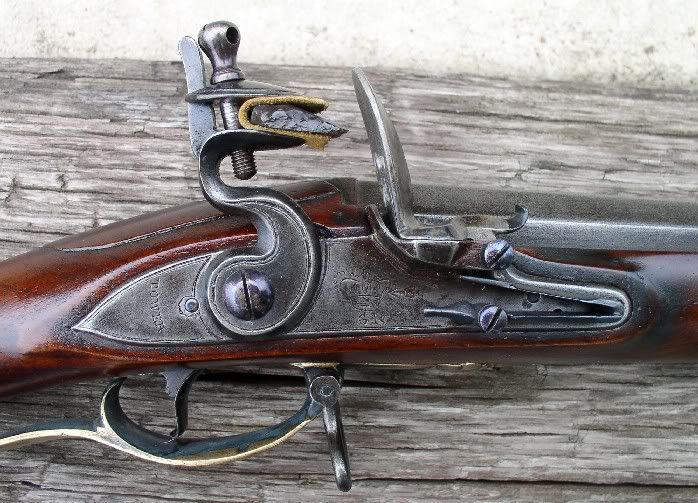
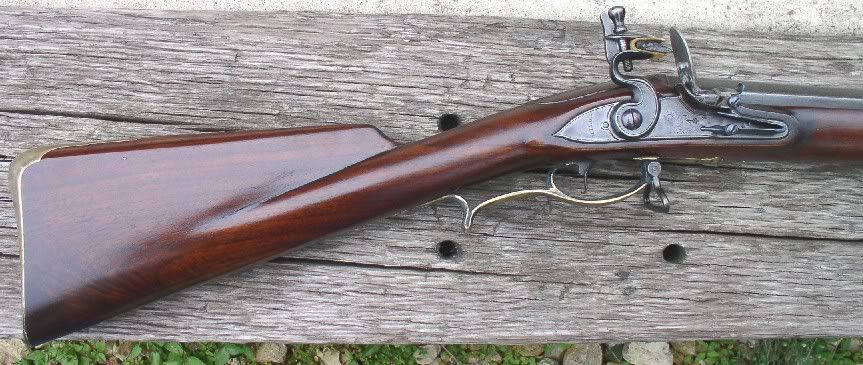


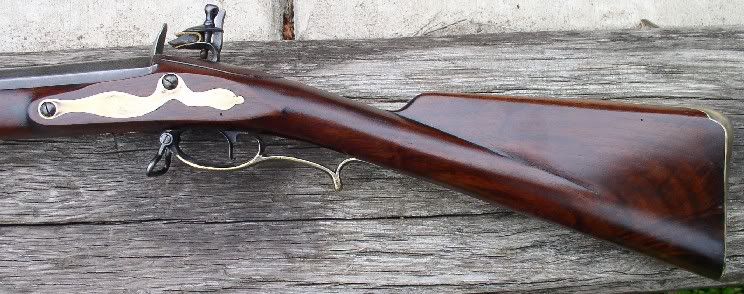
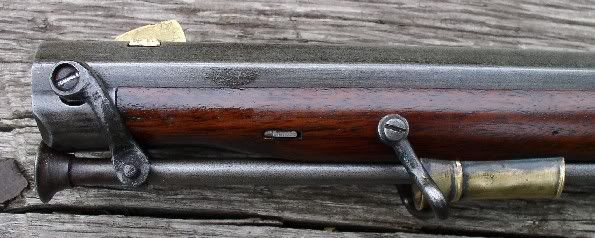
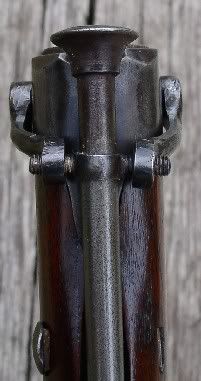
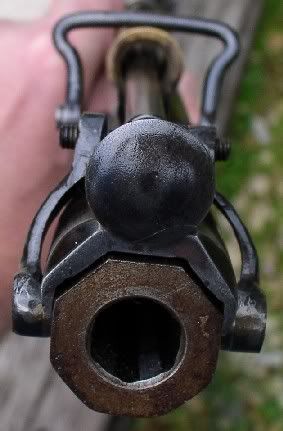



These are TRS parts, the stock is from a blank. The barrel is a Colerain. This one is in .54 cal, the original was .65. The barrel is just a little over 28". The stock is a super hard piece of Michigan walnut with a nice bit of figure in the butt. There's also a hellacious not right at the nose of the lock.....I think I pretty well got that covered. :shocked2: I had to make the swivel thingy that the steel ram rod slides in. This is the second one, the first wasn't very cool. :redface: Hooked breech with keys...I hate keys. :cursing: Double leaf rear sight too, I'm not sure how effective that would be, but it looks pretty cool non the less. :winking:

















